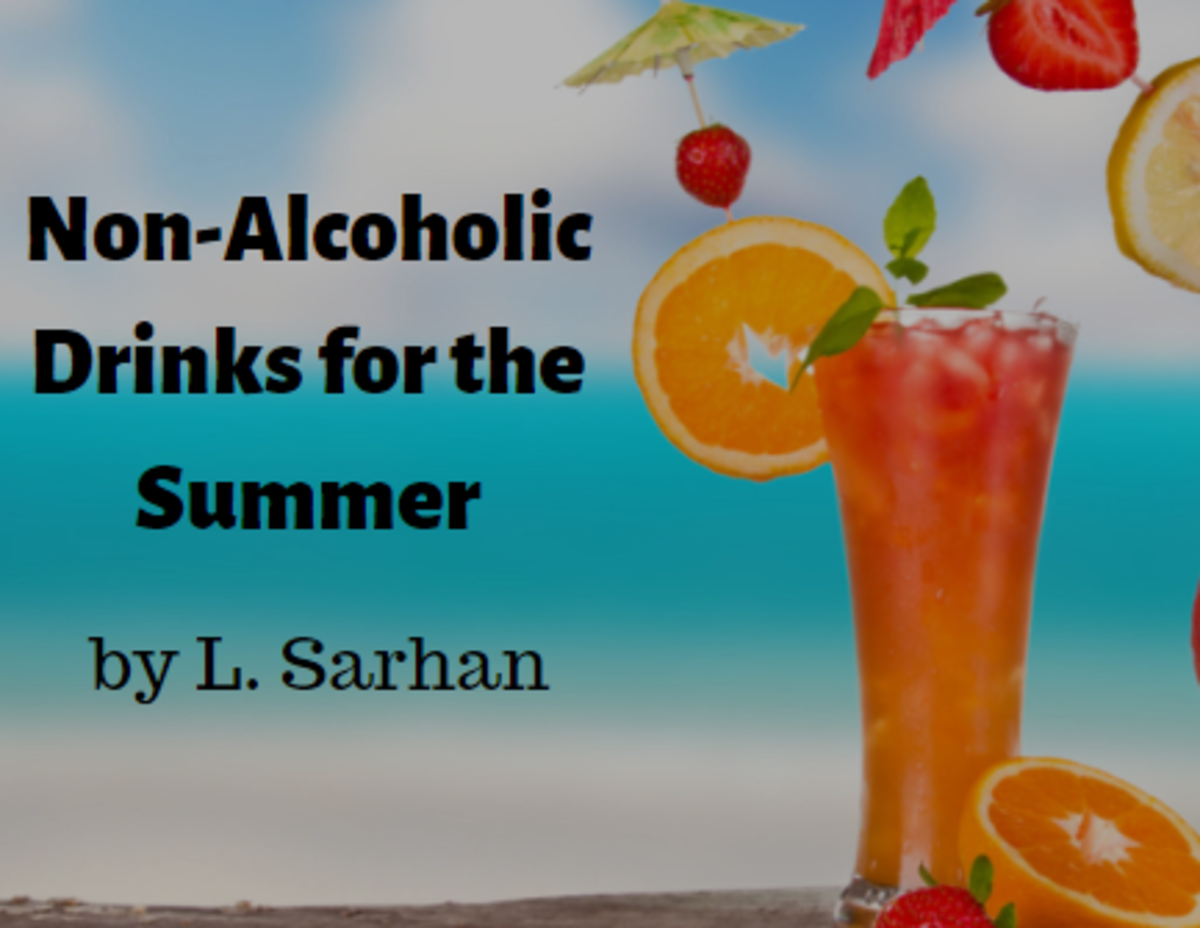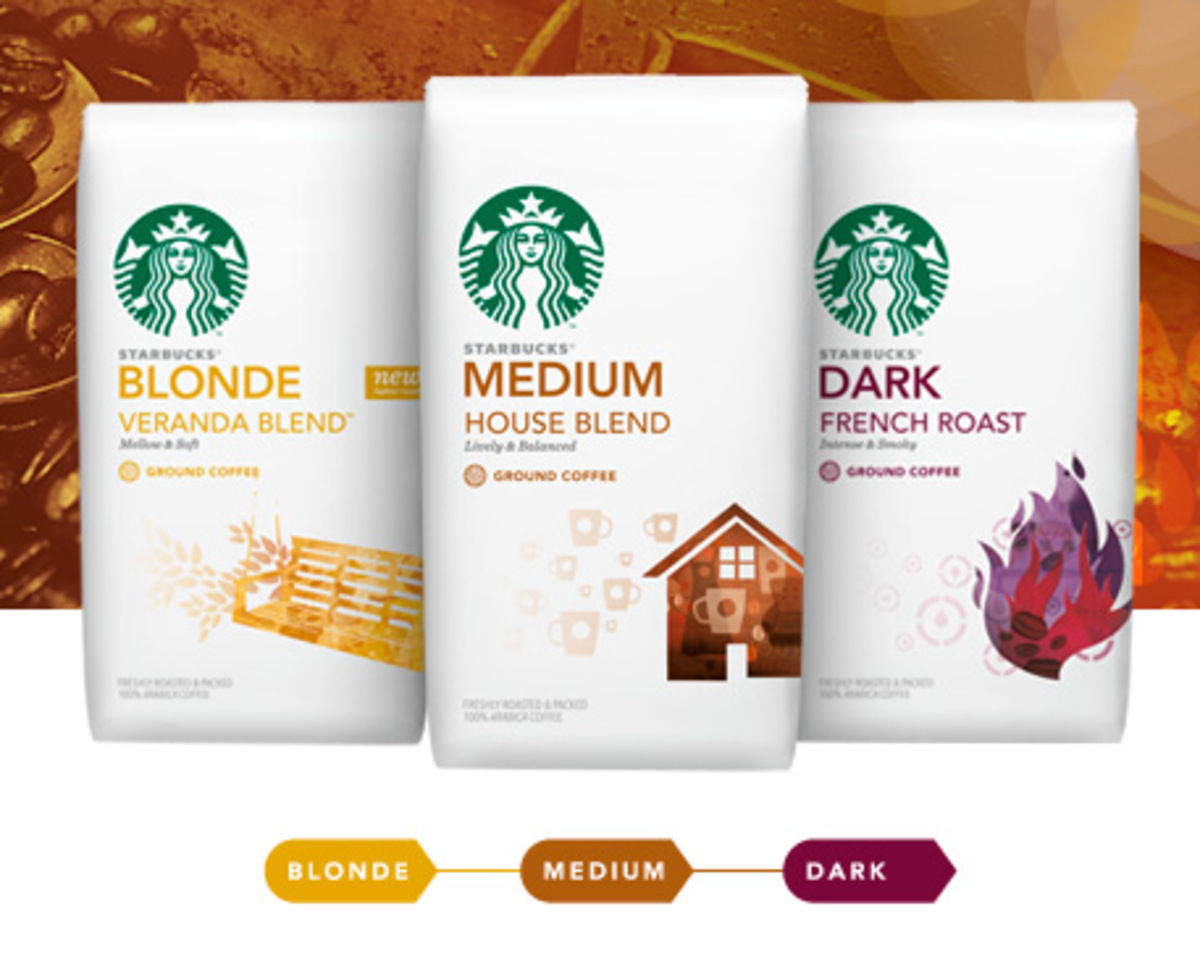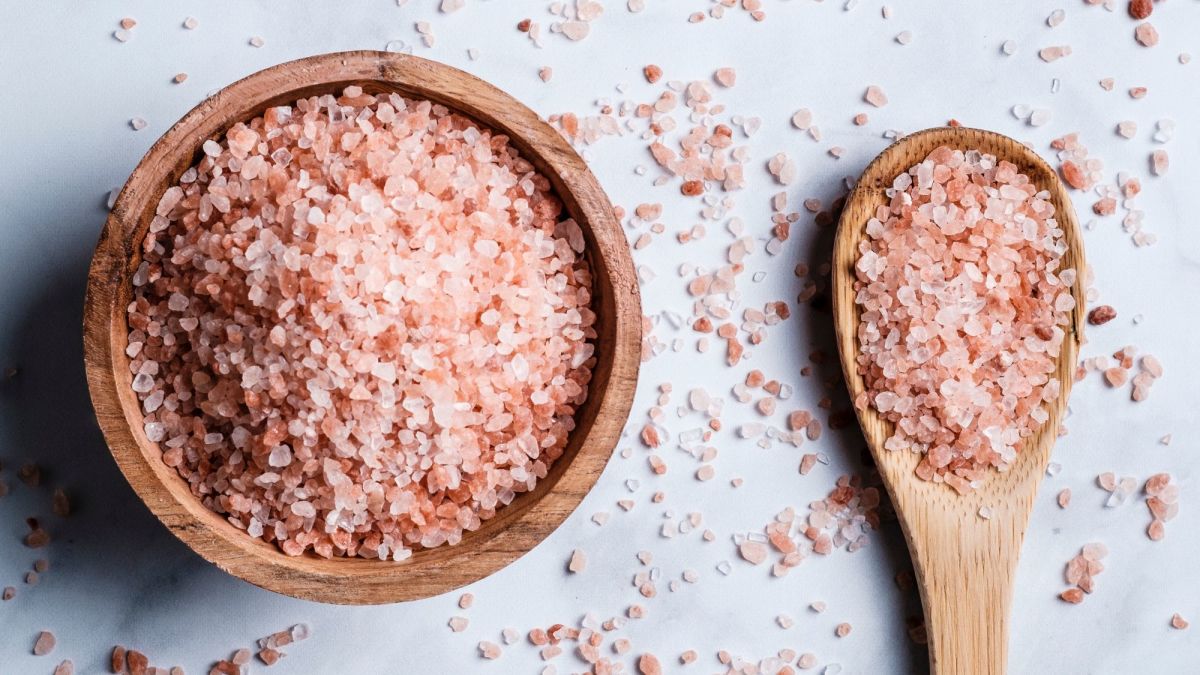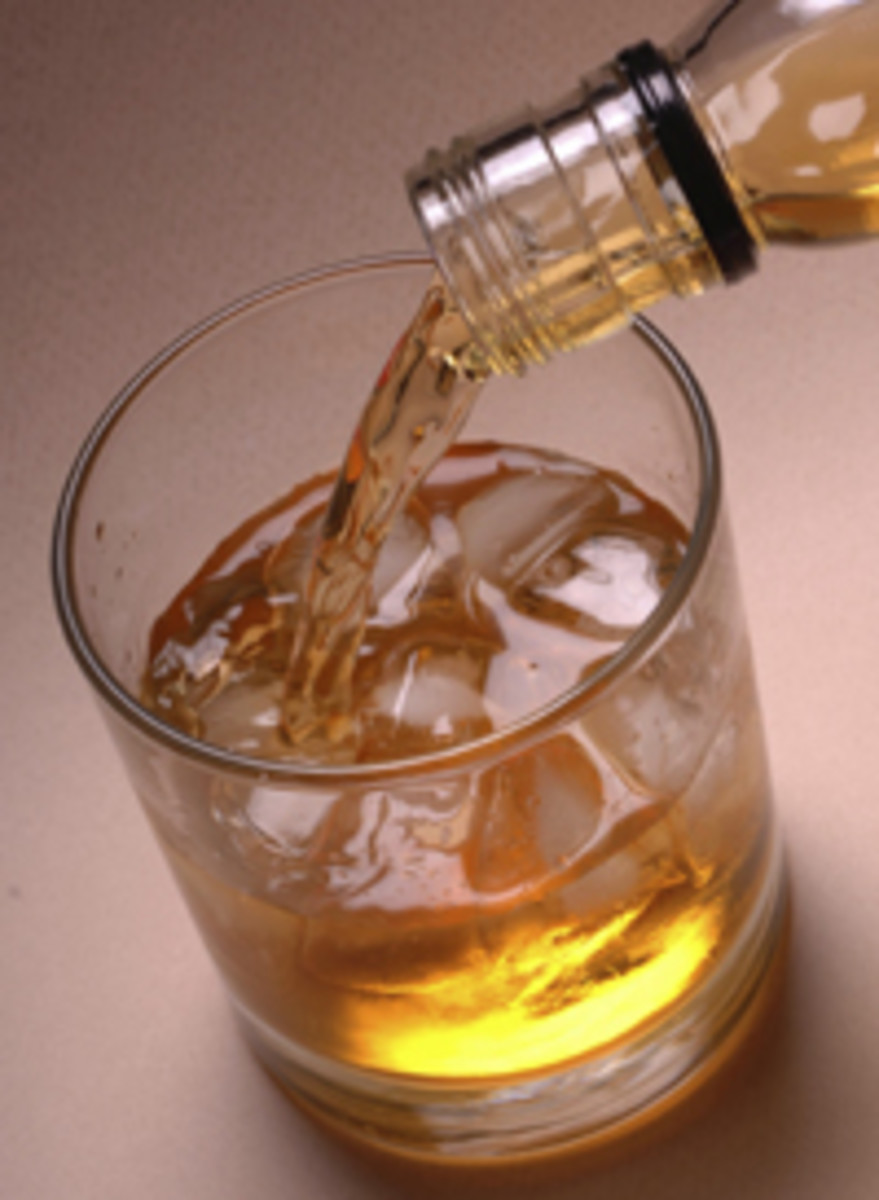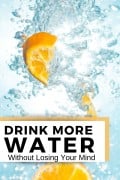Acceptable Paleo Alternatives to Water
Water: Healthy, Paleolithic
Good quality water is touted as the central method of hydration in the Paleo diet by its profiled advocates. Always remember the central tenets that are the base of the Paleo diet.
- Our genetics have not significantly changed from Paleolithic times.
- What we ingest affects gene expression.
- The way our genes express themselves plays a heavy role in our health and longevity.
- Therefore, our diet should follow as closely as possible to what our bodies have evolved to prefer for optimal health.
Human life has existed on this planet for close to two million years. For all but the last 10,000 years of our time on this planet, the only two beverages in existence were water and mother's milk. It was only after the birth of agriculture and more complex civilizations during the Neolithic period that beverages began to diversify. Mead, wine, beer, and other alcoholic drinks were invented. The closest thing to an alcoholic beverage prior to this time was the occasional eating of fermented grapes. However, that was definitely not a staple in the diet of Paleolithic man.
Pure, filtered water, as opposed to regular tap water, contains no additives or preservatives. If you are living in the United States, your tap water most likely contains fluoride, and definitely added chlorine from the treating process. Even if you are living in an area without added fluoride, it is still a good idea to invest in a water filter. The pipes in your plumbing age, just like anything else. In the process, they could potentially release metals as water flows through them day after day, year after year.
Take serious note of what is meant by "pure". Purity, in this context, does not equate to distilled. Under no circumstances should distilled water consist of the bulk of your consumption. If you wish to drink it occasionally, the negative effects will be negligible. Water purity is meant by the clearing out of harmful heavy metals and halogens that are introduced to it during the treating process, or failed to be sufficiently cleared during the process, or from the routing pipes. Again, invest in a good water filter. Do not attempt to substitute a water filter by routinely buying distilled water from the store. Distillation of water results in the removing of essential minerals and salts that are contained in its natural form. Mineral deficiencies lead to poor gene expression, reduced immune systems, and therefore increased overall susceptibility to disease, morbidity, and mortality.
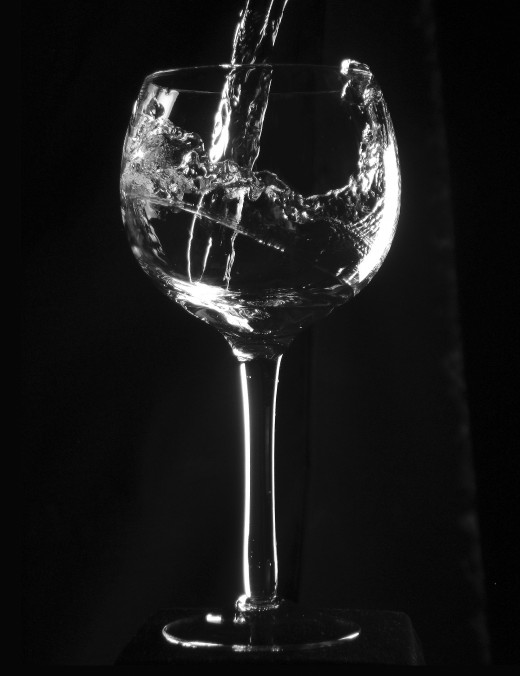
The Reality of the Human Taste Buds, and Preferences
Now, having gone over the essentials of drinking water every day, it's time to be real about the experience of eating, drinking, and human nature. The fact is, people like variety. If different choices are available, nobody wants to consume the same thing exclusively, every day of their life.
Let us also be honest about the fact that while nothing is completely flavorless, water is often thought of that way, as it is generally about the closest thing you will encounter to that state. Unless you are getting it from a well with a plentiful supply of a certain mineral, water is usually a bland substance. It serves as a baseline when measuring a person's sense of taste. Certainly, drinking something that many think of as essentially flavorless is better than something with a bad flavor.
So, what do people do for variety, when they wish to be close followers of a Paleo diet? Believe it or not, there are beverages that will be considered Paleo compliant, despite the fact that they were not consumed a million years ago by our distant ancestors.
Criteria for a Paleo-Compliant Beverage
For any beverage not directly consumed by our distant ancestors, which other than water and mother's milk, is all of them, there is one basic rule. All of the ingredients must be of a Paleo nature, or at the very least exist within the grey, debatable area. Nothing with anything close to a grain or cereal in it. No dairy products, and definitely no added refined sugar or artificial sweeteners. There should also be no synthetic dyes added to the mixture.
Carbonated or Sparkling Water
This is probably the simplest and most similar alternative to plain water. Carbonation adds a different texture and a zing to water that is innocuous in terms of health. CO2 is not a harmful substance to your body. The only potential caveat is that if you are feeling bloated, swallowing extra gas may add to the problem.
There are several brands of carbonated water to choose from. One of the most famous would be Perrier. Alternatively, you could carbonate your own filtered water at home. If you opt for brand name sparkling water, it is best to pick a glass bottle as opposed to plastic. Some of the volatile compounds from the plastic could leach into the water.
Diluted Fruit Juice
The operative word here is diluted. Even though fruits are all on the Paleo list, their intake also needs to be moderated. The reason: sugar. Fruits, especially berries, are very high in beneficial antioxidants, anti-inflammatory compounds, fiber, and other micronutrients. However, daily intake needs to be less than that of vegetables, because of their one drawback of carrying a significant amount of sucrose.
Drinking straight fruit juice will give your body a very high dose of sugar. One serving of orange juice contains several times the sucrose of a serving of one orange. You are also missing out on the fiber, the chewing resistance, and some of the other nutrients that are contained within the flesh.
The optimal way to drink diluted fruit juice is to make your own, either squeezing or preferably blending whole fruit, and then diluting it with water in a ratio of four parts water to one part fruit. Store bought juice contains another handicap, and that is pasteurization. Virtually all commercially sold juice in the United States is pasteurized, which kills many of the live active enzymes, and diminishes the vitamin content in the fruit.
Of course, an even simpler method of flavoring your water would be to cut a lemon or a lime into quarters and hand squeeze the juice into the glass. You can then eat the remaining solid portion of the fruit for the fiber and nutrients.
To reiterate, remember to significantly dilute the concentration to at least a 4:1 ratio, especially if you are using a fleshy fruit that is exceptionally high in sugar, such as bananas, grapes, cherries, or oranges. You may be sacrificing a degree of strength of flavor. However, it will be much better for your health.
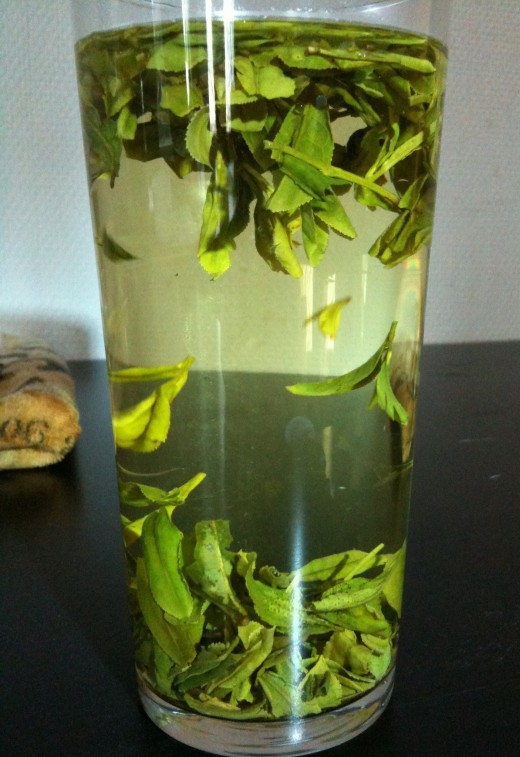
Black Tea
There is no evidence that Paleolithic humans steeped leaves picked from the species Camellia sinensis sinensis or Camellia sinensis assamica in water and drank the resulting beverage that we know as tea. So, why can it qualify as Paleo?
This will be prefaced by saying that black tea is up for debate among the Paleo community. The reason being that it is higher in caffeine than the other three types of teas. The original modern advocates of the Paleo diet advised to avoid an excess of caffeine. The leaves of black tea are completely oxidized, therefore, more processed than that of green, oolong, or white. Of all the teas, it has the lowest concentration of beneficial antioxidants.
However, it comes from the same two subspecies of plants as the other three basic types of tea. And while its antioxidant content is lower, it still is significant. Excess caffeine can be avoided by enjoying this drink in moderation.
All teas can be considered Paleo, including black, because they can fall under the criteria of an herb. Herbs and spices are both Paleo, the former generally come from the leaf of a plant, while the latter come from another part of the body, such as the bark or the seed. Consumption of leaves is quite Paleo. Think spinach, lettuce, and kale, for three prime staples. Again, the key here is moderation. In addition to caffeine, black tea also contains a measure of fluoride, as well as oxalates, an excessive amount of which can be damaging to the kidneys. This probably should not be taken daily, and when it is consumed, limit it to one serving.
Green, Oolong, and White Teas
Though these come from the same source as black tea, these are placed in a different category. Among the Paleo community, they have a much wider acceptance than does black. This is a consequence of their greater health merit. They have a lower caffeine content, and a higher concentration of antioxidants. Polyphenols, such as flavonoids and catechins, are more plentiful because they are less processed, with white tea being the least.
Green tea has long been touted beyond the Paleo community for its health benefits, and is widely consumed throughout the world. Oolong and white teas, however, are gaining in popularity. The one caveat is these types also do have fluoride in them, so they should also not replace pure water. White tea, made from younger leaves, has the least. Higher quality brands of these various teas also have a lower fluoride concentration.
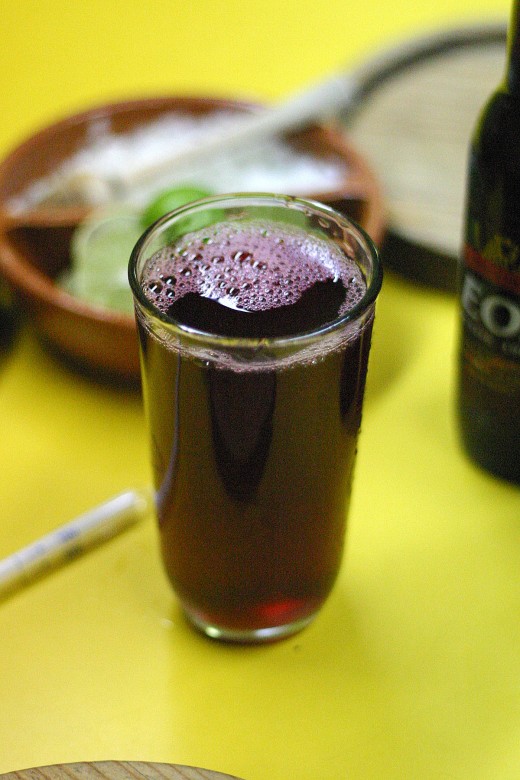
Herbal Teas (Tisanes)
The tasty beverages that are widely known as herbal teas are actually not tea at all. They are classified as tisanes. They are brewed and steeped just like tea, but in order for it to be a true tea, it must come from the plant Camellia sinensis. So, while they are different species, tisanes can be not only flavorful, but also very healthy.
Tisanes such as hibiscus have been shown to have a positive effect on blood pressure, cholesterol, as well as possessing many anti-cancer compounds. Camomile contains powerful disease prevention agents such as apigenin and quercetin. It is widely used in the naturopathic medicinal community to treat things such as ulcers and skin infections.
These plants have other advantages over the true teas. The vast majority of these plants do not contain any caffeine or fluoride, and many of them also have a sweeter flavor, despite having no sugar. It may be advisable, however, to do some research on the tisane of your interest, should you be suffering from any significant health problems. Some of them do contain other potential drawbacks that are not found in true tea. For instance, yerba mate contains stimulants, so if you are suffering from insomnia, or are taking heart or depression medication, you may want to avoid that particular tisane, or speak with your doctor before indulging. The good news is, you will have a countless variety of alternatives in this class of herbs, with some brands containing added spices.
Coconut Milk and Water
These are straightforward acceptable alternatives. Coconut milk does have a high calorie count per serving, so watch the amount that you drink. The reason for the calorie count is its possession of very healthy fats. Plain coconut water does not contain these fats, but does have the micronutrients, vitamins, and beneficial enzymes.
Conclusion
Humans are conditioned to want some flavor with their food. And liquid is unavoidably part of the human diet. All of these natural alternatives to plain water are vastly superior to anything that is man-made, such as the commercially flavored vitamin drinks containing laboratory synthesized vitamins, pasteurized fruit juice, and especially beverages like Gatorade and sodas, and the various brands of energy drinks.
The list described above isn't necessarily all inclusive. You may like to try your hand at adding other Paleo permitted ingredients, such as a spiced water recipe of turmeric and a type of pepper. Just remember to research the component with which you are experimenting if you are unfamiliar with its properties.




